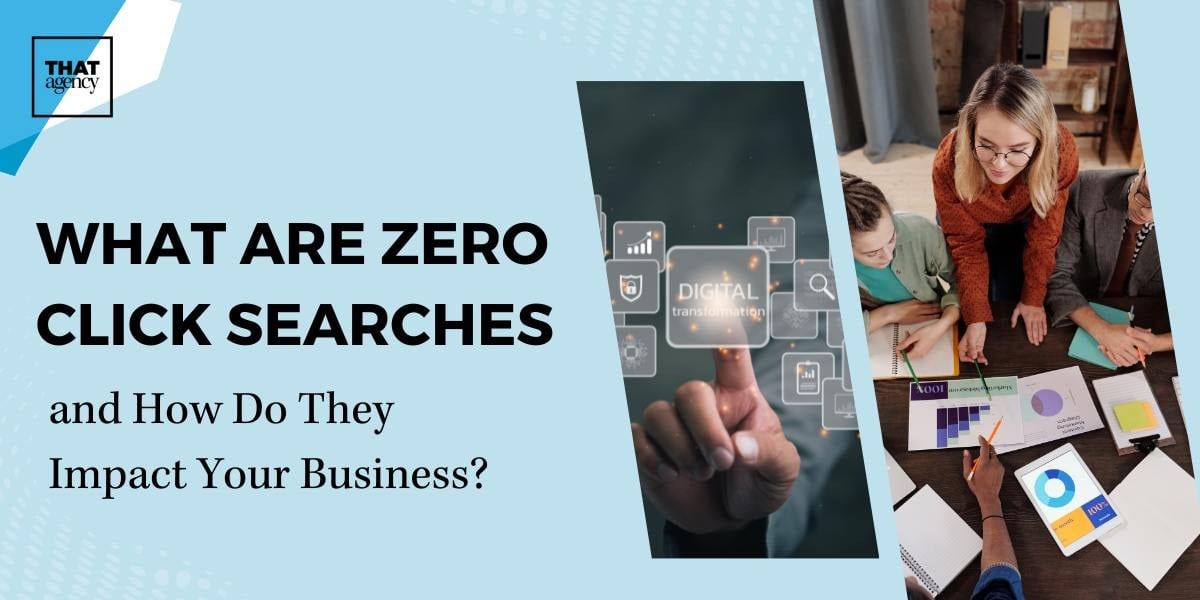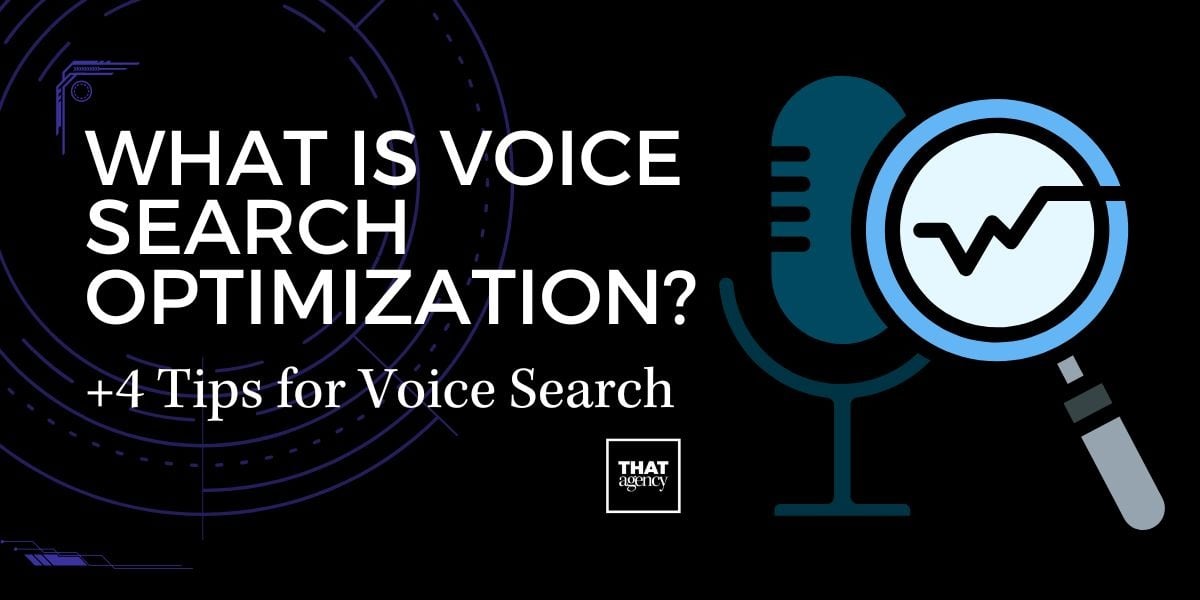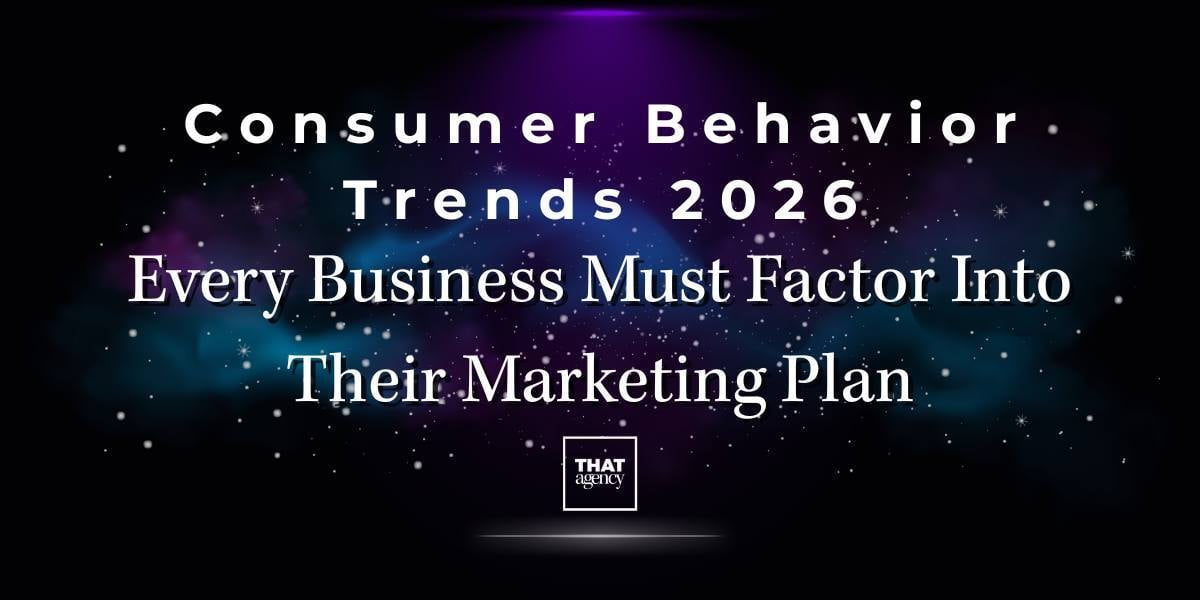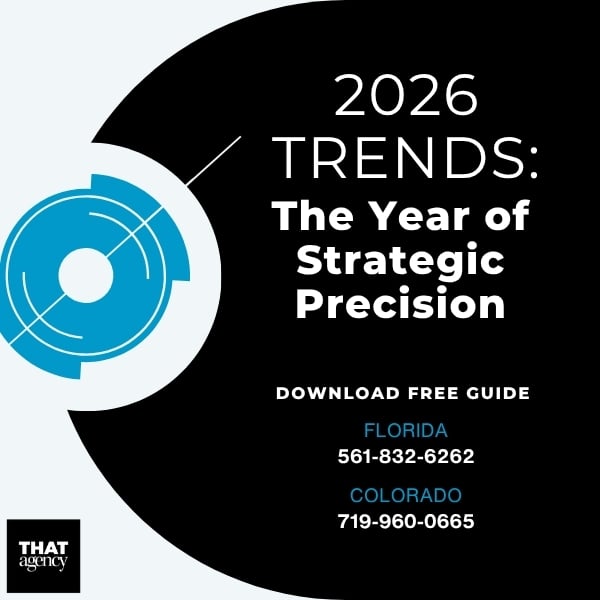Colorado’s business scene is as diverse as its landscapes. From high-energy startups in Denver to family-owned shops in small mountain towns, the state’s economy thrives on innovation, local pride, and a strong entrepreneurial spirit. But no matter what industry you’re in, one thing is certain, if your business isn’t visible online, you’re missing opportunities.
Partnering with a Colorado digital marketing agency can bridge that gap. These agencies do more than run ads or manage social media, they help you connect with the right audience, build lasting trust, and turn clicks into paying customers. And because they’re local, they understand the unique challenges and opportunities of doing business in Colorado.
In this guide, we’ll cover why local expertise matters, what strategies are driving results right now, and how mobile SEO best practices can make or break your online presence in 2025.
A national marketing company might know general strategies, but a Colorado-based agency knows the market you’re actually serving. They understand the seasonal patterns, community events, and local search behaviors that shape customer decisions here.
For example:
This local insight means your campaigns aren’t just targeted, they’re timed and tailored for maximum impact.
When you hire a full-service partner, you’re not buying a bunch of disconnected tactics, you’re building a system. The right Colorado digital marketing team connects SEO, ads, content, social, and web design so everything works together toward one goal: steady, profitable growth.
Here’s how that looks in practice, plus clear answers to common questions.
What it is: Make your site easy to find in Google for the terms your ideal customers actually search.
What it looks like:
How it powers the system: SEO content fuels social posts and email. High-intent keywords guide PPC targeting. Strong organic pages become landing pages for ads.
Key metrics: Non-brand organic traffic, rankings for target terms, local pack visibility, conversions from organic.
What it is: Fast, targeted traffic from search and social ads.
What it looks like:
How it powers the system: PPC provides immediate data on what messages and keywords convert. Those winners become topics for SEO and content.
Key metrics: Cost per lead (CPL), conversion rate, return on ad spend (ROAS), assisted conversions.
What it is: Articles, videos, guides, and resources that teach first and sell second.
What it looks like:
How it powers the system: Content ranks via SEO, gives PPC strong landing pages, powers email nurturing, and gives social media something worth sharing.
Key metrics: Time on page, scroll depth, downloads, assisted conversions, new email subscribers.
What it is: Build community, show personality, and drive action where your customers already spend time.
What it looks like:
How it powers the system: Social surfaces your content to new audiences, feeds retargeting pools for PPC, and strengthens brand recall that improves SEO click-through.
Key metrics: Engaged reach, profile visits, link clicks, cost per result, leads from social.
What it is: A fast, conversion-focused site that makes it easy to take the next step.
What it looks like:
How it powers the system: Every channel sends traffic to your site. If the site is slow or confusing, you pay for visitors without getting leads. Great UX turns traffic into revenue.
Key metrics: Core Web Vitals, page speed, bounce rate, form completion rate, calls/chats, revenue per visit.
Your customers live on their phones, and Google ranks you based on your mobile experience. A full-service team bakes mobile SEO best practices into every part of your program:
Result: better rankings, lower bounce, and more conversions from mobile visitors.
Weeks 1–2 , Discover & Prioritize
Weeks 3–6 , Foundations & Quick Wins
Weeks 7–12 , Scale & Optimize
Every two weeks: review one scorecard, agree on changes, and keep moving.
Do I need all five services right away? No. Start where the bottleneck is. If you get traffic but no leads, fix the site and landing pages first. If your site converts but traffic is light, launch PPC while SEO ramps up.
How fast will we see results? PPC can produce leads in days. Technical fixes improve performance within weeks. SEO compounding typically shows clear lifts in 60–120 days. The integrated approach shortens that timeline.
What should I budget? Tie spend to your revenue goals and customer value. Your agency should model CPL/CPA targets and back into media and production budgets that make sense.
How will we measure success? Track full-funnel metrics, impressions, clicks, conversions, qualified pipeline, and revenue, inside one dashboard with clean UTM/tagging and CRM integration.
What if we already have a website? Great. Keep it if the core is solid. Improve speed, navigation, and mobile UX; add focused landing pages; and tighten tracking. You don’t have to rebuild to perform.
That is the compounding effect a full-service Colorado digital marketing partner unlocks.
A strong agency doesn’t just “do SEO” or “run ads.” It builds a connected system where each channel strengthens the others. That’s how you move beyond clicks to loyal customers who keep coming back, and tell others to do the same.
If you want to compete online today, your mobile site has to be just as good, if not better, than your desktop site. Why? Because more than 60% of Google searches now happen on mobile devices, and Google uses mobile-first indexing. That means when deciding how to rank your website, Google looks at your mobile version first.
If your mobile site is slow, hard to use, or missing key information, it’s not just frustrating for visitors, it’s hurting your rankings and costing you sales.
Optimizing for mobile isn’t just about making your site “look okay” on a phone. It’s about creating a smooth, fast, and frustration-free experience for people who are ready to take action. Here’s what that involves:
Your site should automatically adjust to any screen size, whether it’s a phone, tablet, or desktop, without cutting off text or forcing users to pinch and zoom.
Why it matters: If people have to work to read your site, they’ll leave. Google also favors mobile-friendly designs in rankings.
Pro tip: Test your site on multiple devices. A layout that works on one phone model might look awkward on another.
Every second a page takes to load increases the chance that visitors will click away. Mobile users expect instant results.
How to speed things up:
Will improving speed really make a difference in sales? Yes. Google data shows that as load time goes from 1 second to 3 seconds, the probability of a bounce increases by 32%. Faster sites keep people engaged.
Mobile users navigate with their thumbs, not a mouse. That means buttons, links, and menus need to be large enough and spaced out so people can tap them without hitting the wrong thing.
Why it matters: If visitors get frustrated trying to click a link or submit a form, they’ll abandon the process, costing you leads and conversions.
On small screens, dense paragraphs and tiny fonts make reading exhausting.
Best practices:
Pro tip: Front-load important information. Mobile readers often skim before deciding if they’ll read further.
Mobile searches often have local intent, like “coffee shop near me” or “emergency plumber Denver.”
To capture those searches:
Mobile SEO best practices aren’t just about pleasing Google, they’re about meeting customer expectations.
If your site is:
Failing to optimize means you’re turning away ready-to-buy customers before they even see what you offer.
In today’s market, mobile performance is a direct reflection of your brand’s professionalism and reliability. If you want higher rankings, happier customers, and more conversions, making your mobile site a priority is non-negotiable.
Getting traffic is easy. Getting the right traffic, the people who are likely to call, book, or buy, is where smart Colorado digital marketing shines. SEO isn’t just about ranking; it’s about matching your content to what real customers are searching for and the stage they’re in.
More examples:
How long does SEO take? Expect early movement in 6–8 weeks and stronger gains around 3–4 months as content compounds.
Do we need a blog? Yes, if it answers real questions customers ask. Think quality over quantity.
What should we measure? Non-brand organic traffic, rankings for target keywords, local pack visibility, and, most important, leads and sales from organic.
SEO builds steady momentum. Paid ads (Google, YouTube, Meta, and more) give you instant visibility while SEO ramps up, and they deliver precise data to guide your next move.
Are paid ads expensive? They’re only expensive if you can’t measure results. With tracking in place, you’ll see what earns profit and cut the rest.
Search or social? Use both: search for high intent; social to educate, build demand, and feed retargeting.
Social isn’t just posts, it’s presence. In Colorado, local context wins: weather swings, trail openings, game days, and festival seasons all shape what your audience cares about.
Which platform should we use? Go where your customers are: Instagram and TikTok for visual B2C, Facebook for community events and groups, LinkedIn for B2B.
Do we need daily posts? No. Consistency and relevance beat volume.
Your website is your 24/7 storefront. If it’s slow, cluttered, or confusing, people leave. A conversion-focused site turns visits into calls, bookings, and checkouts.
Do we need a full redesign? Not always. Often, targeted fixes, faster pages, stronger headlines, better CTAs, lift conversions fast.
Who should write the copy? Your agency should interview your team and customers, then write in your voice with clear benefits and simple language.
When SEO, paid ads, social, and web design work as one system, you don’t just get more clicks, you get qualified visitors who convert and come back. That’s the true power of strategic Colorado digital marketing: right message, right person, right moment, on a site that makes action easy.
Local agencies live and breathe the same market you do. They know the rhythms of the seasons, the quirks of local search terms, and the cultural trends that influence buying decisions here.
Plus, they’re easier to reach, quicker to respond, and more invested in your success, because when you thrive, the local economy thrives.
Digital marketing isn’t an optional add-on anymore, it’s the backbone of modern business growth. From mastering mobile SEO best practices to building a consistent brand presence across every channel, a Colorado digital marketing agency can give you the strategy, execution, and local insight you need to stay ahead.
If you’re ready to compete at the highest level in Colorado’s fast-moving market, contact THAT Agency today. We’ll design a custom plan to increase your visibility, attract your ideal customers, and grow your revenue, backed by proven strategies and local expertise.
Tags: Digital Marketing

What are Zero Click Searches and How Do They Impact Your Business?

What is Voice Search Optimization? +4 Tips for Voice Search

Leveraging Predictive Analytics Marketing for Smarter Decisions

Consumer Behavior Trends 2026 Every Business Must Factor Into Their Marketing Plan
.jpg)
AI Image Generation for Marketers: What’s Possible and What to Avoid
700 S. Rosemary Ave.
Suite 204-707
West Palm Beach, FL 33401
P: 561.832.6262
F: 561.832.7707

